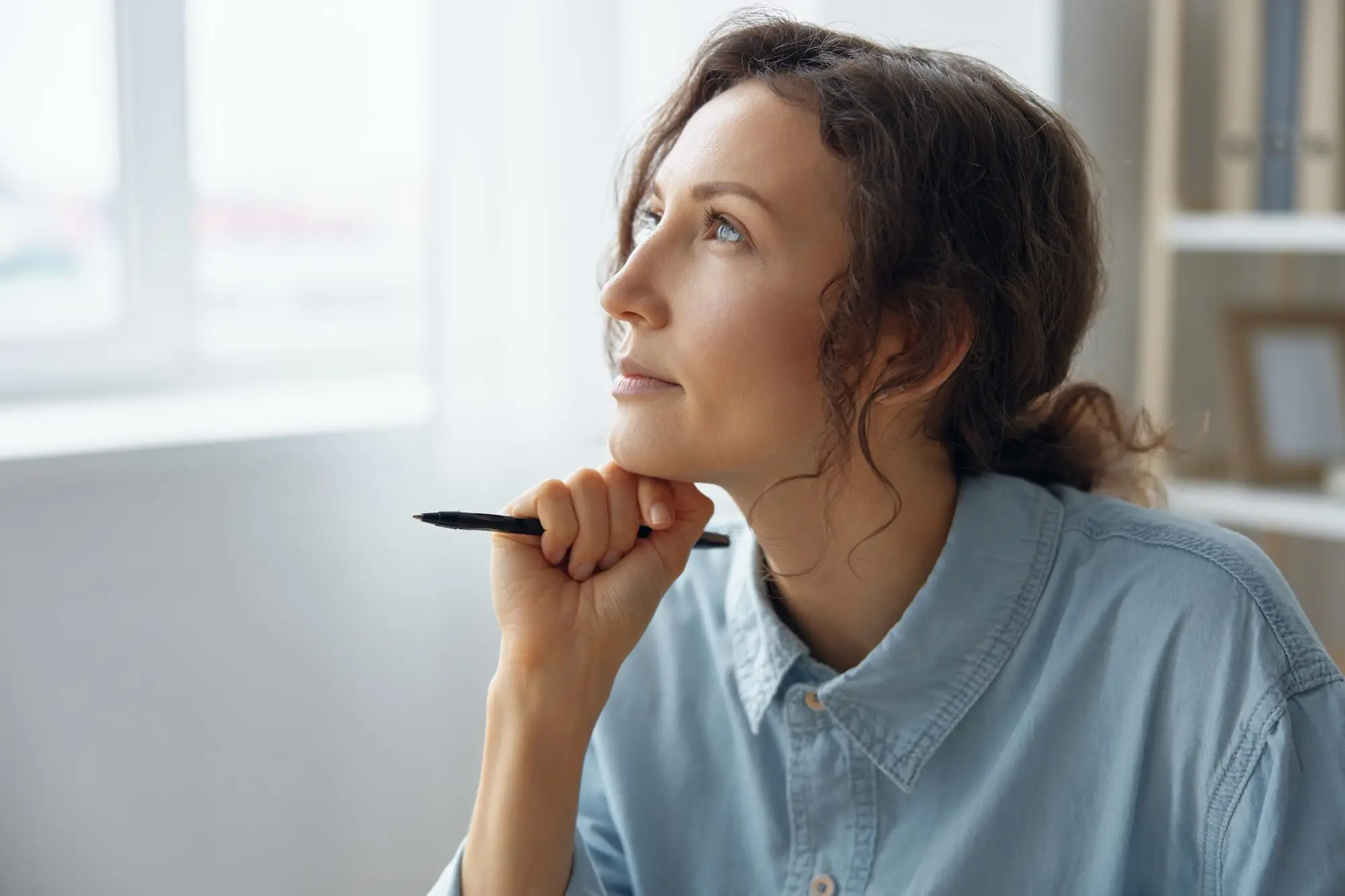Unlike a quickly passing anxiety attack, panic attacks are sudden and intense surges of fear, panic, or anxiety. Panic attacks are overwhelming with significant physical and emotional symptoms that can cause a person to truly feel as though they are in a life or death situation. About two million Americans are diagnosed with panic disorder every year. Panic disorders typically begin in young adulthood, with the condition developing before the age of 24. Women are twice as likely to have panic disorders as men. There is also strong evidence to suggest the disorder runs in families. A panic attack that can occur without any triggers and seemingly for no reason. A panic attack can happen when you are sleeping. The attacks can last for several minutes, or sometimes up to half an hour or more.
Notice these symptoms so you can learn how to stop panic attacks:
- Dizziness
- Sweating
- Shaking or trembling
- Fear that you are going crazy
- Abdominal pain or issues
- Shortness of breath or hyperventilating
- Hot flashes
- Sweating
- Jittery or nervous
- Increase in heart rate
- Feeling like you are dying
Panic attacks can be scary and hit you quickly. The emotional panic and physical symptoms can create a snowball effect. The panic increases the physical symptoms, which in turn causes a rise in panic, and so on. It can become a repeating loop that is difficult to stop.
Try these proven methods to help you stop panic attacks
Breathe
Hyperventilating is a symptom of panic attacks and will increase the physical symptoms. Deep breathing techniques help you gain control of your breaths.
Take in long and deep breaths. Inhale and exhale slowly, continuing the pattern until your breathing is under control, and you are no longer hyperventilating. When you can stop a panic attack, other symptoms fade away as your breathing becomes normal again.
Awareness
Acknowledge that you are having a panic attack, not a heart attack. Choose something to focus on, such as the pattern on a fabric or the detail of a painting. Carefully notice each detail like the lines, colors, and designs. Practicing awareness will keep you in check of the reality of your surroundings.
Mindfulness
Owning the panic attack for what it is will help you get control of your fears. Stay mindful that you are not dying, remember this will be over soon. Think about a happy memory or your favorite food. Focusing your thoughts on something that pleases you helps keep you grounded in reality, not lost in the panic.
Muscle Relaxation
Muscle relaxation techniques can help stop the panic attack by controlling how your body responds to the panic attack. It involves tensing specific muscle groups then releasing the tension. Proper muscle relaxation takes practice. You should find the technique that works best for you before the next panic attack. Muscle relaxation techniques can be beneficial for other things, too, like reducing insomnia.
Exercise
A brisk walk can help you gain control of the panic attack. Exercising by walking, yoga, or other light exercises release endorphins that help improve your mood. A regular exercise routine can help reduce the number of attacks you experience.
The techniques listed above are good tools to use when you have a panic attack. If you have frequent attacks or struggle to control them on your own, mental health professionals offer additional treatments as follows:
Professional Counseling
Frequently occurring panic attacks are known as Panic Disorder. If you think you have this disorder, a mental health professional can diagnose you. Professionals offer a variety of therapy options to teach long-term coping tools. Some of those options are:
- Cognitive-behavioral therapy (CBT) is based on the idea that our thoughts cause our feelings and behaviors, not outside forces like other people or situations. The benefit of CBT is that we can change the way we think to feel and act better even if the situation does not change. CBT focuses on determining the thought and behavior patterns responsible for sustaining or causing the panic attacks.
- Dialectical Behavior Therapy (DBT) is a form of Cognitive therapy that focuses on individual psychotherapy to teach people new skills like mindfulness to manage their panic attacks.
- Medication such as antidepressants can help treat and prevent panic attacks. Medication provides the best results when mental health therapy continues.
Finding what will work for you to stop panic attacks can take some trial and error. Don’t give up. Panic attacks and panic disorder are very treatable conditions.



